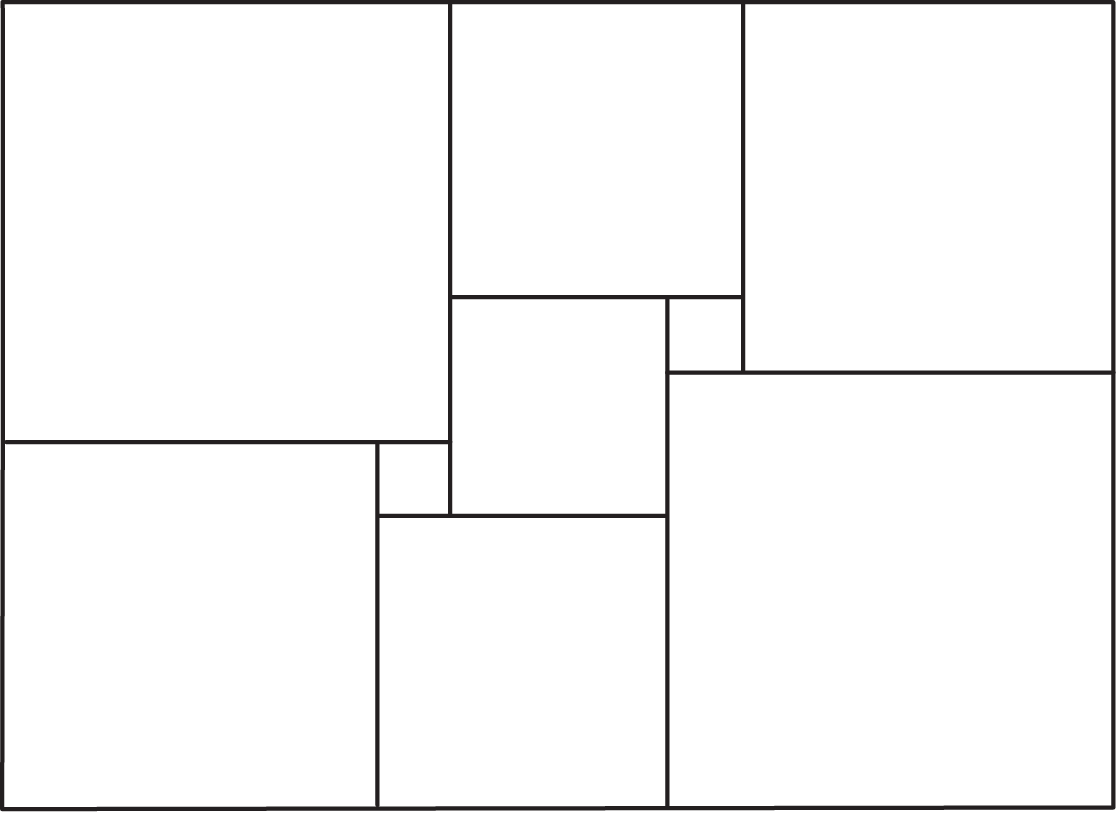11.1: The Shaded Region
A rectangle with dimensions 6 cm and $w$ cm is partitioned into two smaller rectangles.
Explain why each of these expressions represents the area, in cm2, of the shaded portion.
- $6w-24$
- $6(w-4)$

Let's practice writing equivalent expressions by using the distributive property.
A rectangle with dimensions 6 cm and $w$ cm is partitioned into two smaller rectangles.
Explain why each of these expressions represents the area, in cm2, of the shaded portion.

Match each expression in column 1 to an equivalent expression in column 2. If you get stuck, consider drawing a diagram.
Column 1
Column 2
The distributive property can be used to write equivalent expressions. In each row, use the distributive property to write an equivalent expression. If you get stuck, draw a diagram.
| product | sum or difference | |
|---|---|---|
| row 1 | $3(3+x)$ | |
| row 2 | $4x-20$ | |
| row 3 | $(9-5)x$ | |
| row 4 | $4x+7x$ | |
| row 5 | $3(2x+1)$ | |
| row 6 | $10x-5$ | |
| row 7 | $x+2x+3x$ | |
| row 8 | $\frac12 (x-6)$ | |
| row 9 | $y(3x+4z)$ | |
| row 10 | $2xyz-3yz+4xz$ |
This rectangle has been cut up into squares of varying sizes. Both small squares have side length 1 unit. The square in the middle has side length $x$ units.

The distributive property can be used to write a sum as a product, or write a product as a sum. You can always draw a partitioned rectangle to help reason about it, but with enough practice, you should be able to apply the distributive property without making a drawing.
Here are some examples of expressions that are equivalent due to the distributive property.
$$\begin {align} 9+18&=9(1+2)\\[10pt] 2(3x+4)&=6x+8\\[10pt] 2n+3n+n&=n(2+3+1)\\[10pt] 11b-99a&=11(b-9a)\\[10pt] k(c+d-e)&=kc+kd-ke\\ \end {align}$$